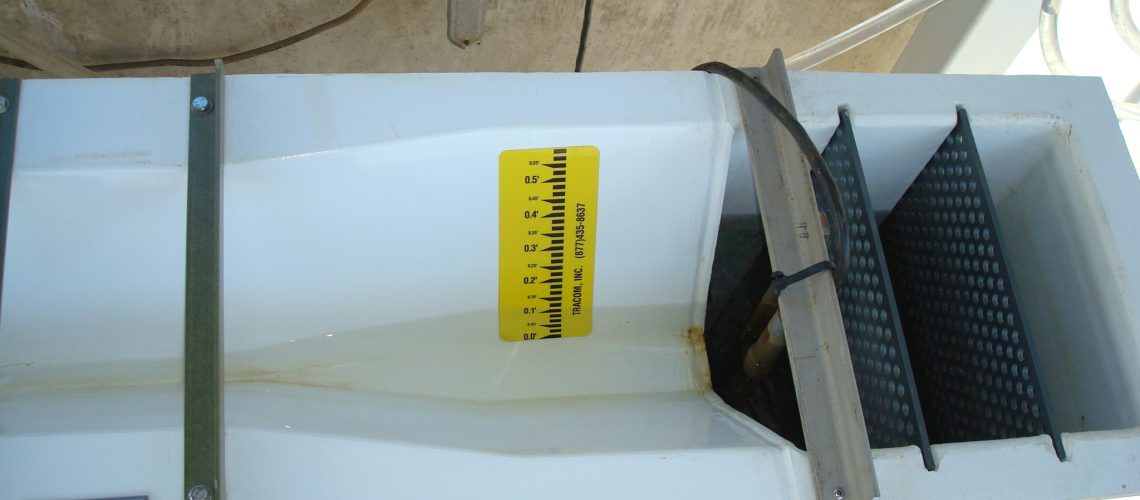Flow rate measurement can be relatively easy if you know what you’re doing, but even the most experienced can make mistakes every now and then. To make sure you’re getting the accurate measurements you deserve, it’s helpful to keep the most common mistakes in mind, so you know to avoid them. Here are the most common flow rate measurement errors to watch out for.
Measuring at the Wrong Spot
Whether you’re using a flume or a weir, finding the right point of measurement is essential for getting the accuracy you need. Among the most essential aspects of the point of measurement is the head-to-flow relationship. Remember, the primary point of measurement must necessarily be upstream of the point of criticality within the device. Any other point is going to throw off the head-to-flow relationship aspect of your equation. Remember, the critical section of a flume is the throat, while the critical section of a weir is near the weir crest.
Zeroing at the Wrong Level
To use any kind of flow meter correctly, you’ll need to determine the proper zero level. If you don’t assign the zero at the proper location, that’s going to distort all of your subsequent measurements. Depending on the discharge relationship you’re dealing with, the magnitude of the effects of this error is not so easily fixed. Keep in mind that for certain weirs and flumes, the zero level is not the floor of the channel, so you’ll need to find the right spot before taking measurements.
Going Past Your Device Range
Every flume and weir has a range of flow rates that they can work with. If the rate goes beyond the ends of that range, you won’t get accurate results. This is true whether it goes too high or too low. Corrections can’t even be made as the degree of error is so great and far-reaching that you’ll simply be unable to take the proper measurements. That’s why it’s so important to ensure that whatever device you install is capable of handling all anticipated flow ranges. One of the most common solutions is implementing dual-range solutions, but even they only work for certain flow rates.
Foregoing Maintenance
Maintenance is an important part of ensuring your flume or weir is functioning properly. While some materials like fiberglass don’t need all that much maintenance, it’s still absolutely essential that you at least perform regular checks. For example, a weir pool and weir crest can gather debris that will alter how your flow runs. You’ll have to make sure all the debris is cleared before taking measurements. Additionally, cold weather and earthen channels have other concerns like frost heave, undermining, and bypass that can all alter the position of your device.
Get Proper Measurements with Tracom
Now that you know what common flow rate measurement errors to avoid, it’s time to get a fiberglass flume or weir that works for you. That’s where Tracom is happy to help. Our expert design team will work with you to craft a custom fiberglass product for your unique flow channel needs. Contact us today to get started!



